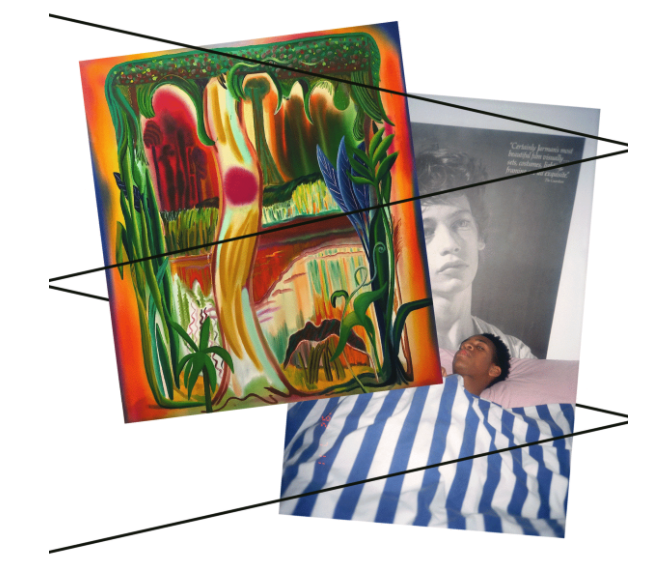Occupy Museums, Student Debt
Mar 17, 2017
0:00
Occupy Museums, Student Debt
0:00
Kenneth Pietrobono: The central pattern depicts Navient, a U.S. corporation whose business deals in the servicing and collection of student loans. In 2014, student debt surpassed credit card debt. American students hold more than $1 trillion in student debt. Of the ten most expensive schools in the United States, seven of them are art schools, and graduates typically earn less than any other profession.
Many people believe—particularly based on the high prices garnered by works of modern and contemporary art by trending artists—that artists are people of privilege. We have found in Debtfair, however, that artists are a broad and diverse community that represent all kinds of financial realities. High costs of education, high levels of debt, high rent and cost of living, and high interest rates, simply make these realities much more difficult, especially for people who do not come from prosperous backgrounds.
The artworks on the far right side are set over the patterned design of JP Morgan Chase Bank. These artists have credit card debt owed to Chase and in some cases they are in default. Many artists get into credit card debt as a way to purchase art supplies, fill gaps between paychecks or art sales, and to cover emergencies. Recent studies have reported that most Americans have less than $1,000 to their names, which leads to an increased reliance on credit cards. Sometimes artists go into debt in moments of success, taking a risk to invest in expensive materials when they have a show. We believe that museums and art centers must pay artists and support project budgets to avoid these credit card debt traps.

